
Origin of The Rule of Thirds.
In 1783 Sir Joshua Reynolds discussed the balance of light and dark in a painting. Then in 1797 John Thomas Smith continued with the expansion of the idea In his book Remarks on Rural Scenery, naming it the "Rule of thirds".
Two distinct, equal lights, should never appear in the same picture: One should be principal, and the rest sub-ordinate, both in dimension and degree : Unequal parts and gradations lead the attention easily from part to part, while parts of equal appearance hold it awkwardly suspended, as if unable to determine which of those parts is to be considered as the subordinate. "And to give the utmost force and solidity to your work, some part of the picture should be as light, and some as dark as possible : These two extremes are then to be harmonized and reconciled to each other." This is what Sir Joshua Reynolds said in 1783 on the famous Du Fresnoy painting by French painter Charles Alphonse made in 1650.
Analogous to this "Rule of thirds", (if I may be allowed so to call it) I have presumed to think that, in connecting or in breaking the various lines of a picture, it would likewise be a good rule to do it, in general, by a similar scheme of proportion; for example, in a design of landscape, to determine the sky at about two-thirds ; or else at about one-third, so that the material objects might occupy the other two : Again, two thirds of one element, (as of water) to one third of another element (as of land); and then both together to make but one third of the picture, of which the two other thirds should go for the sky and aerial perspectives. This rule would likewise apply in breaking a length of wall, or any other too great continuation of line that it may be found necessary to break by crossing or hiding it with some other object : In short, in applying this invention, generally speaking, or to any other case, whether of light, shade, form, or color, I have found the ratio of about two thirds to one third, or of one to two, a much better and more harmonizing proportion, than the precise formal half, the too-far-extending four-fifths—and, in short, than any other proportion whatever. I should think myself honored by the opinion of any gentleman on this point; but until I shall by better informed, shall conclude this general proportion of two and one to be the most pictoresque medium in all cases of breaking or otherwise qualifying straight lines and masses and groupes, as Hogarth's line is agreed to be the most beautiful, (or, in other words, the most pictoresque) medium of curves. This is what in 1797 John Thomas Smith continued with the expansion of the idea of Sir Joshua Reynolds In his book Remarks on Rural Scenery, naming it the "Rule of thirds".
Understanding Rule of Thirds in more simple Language.
Many studies have been done on the concept of Rule of Thirds and it is found that applying Rule of Thirds in your Artwork or here we will say Photography will bring the attention of viewer to the subject you want to show automatically. Rule of Thirds is more about a physiological concept of how humans look at the things. Basically I use this theory many times in my lectures to make Rule of Thirds easy to understand. “That Human psychology works in the concept of good and evil, winner and loser, hero and villain and so on. . . and we always want to see our heroes win and stand out from the crowd. In 99% of movies you will see that hero will win in the last and you knew from the first scene that who is hero and who will win in the last but still you see the complete movie. The whole movie revolves around the hero standing him out from the other cast. Similarly in Photographs also Human psychology looks for a hero and that hero is our main subject and rest of the elements should be complimenting the attention on our Hero. This Rule of Thirds helps you to position your subject in such a way that psychologically all your attention will automatically come to your subject making him hero.” There are 20 examples in this post which I think will be helpful to you to understand Rule of Thirds in more depth.

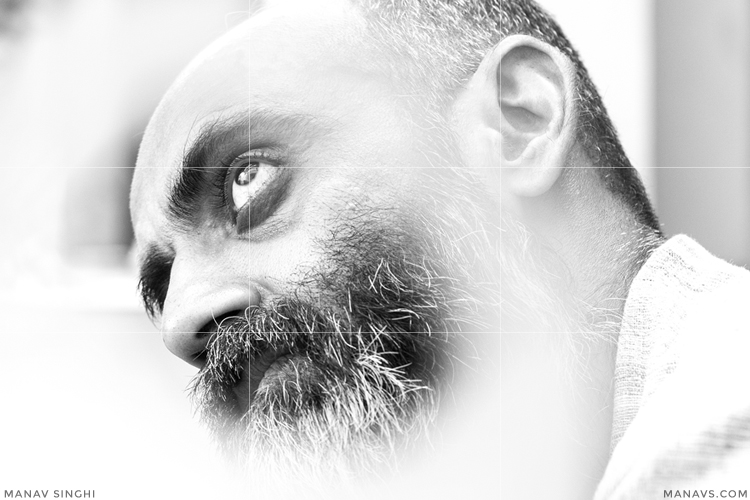
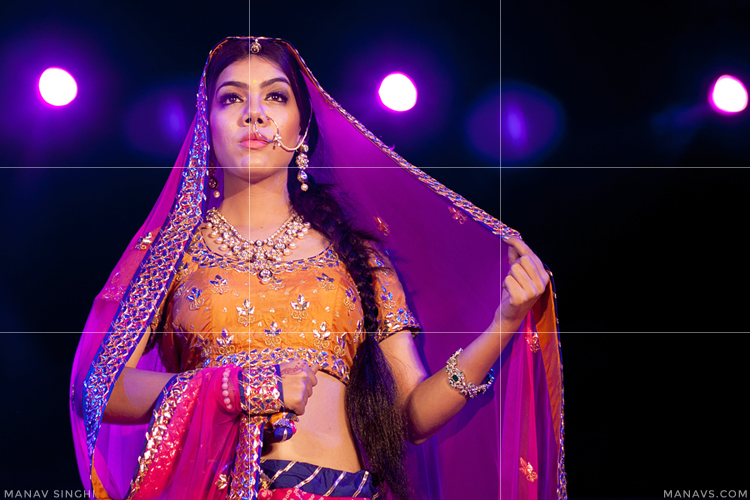
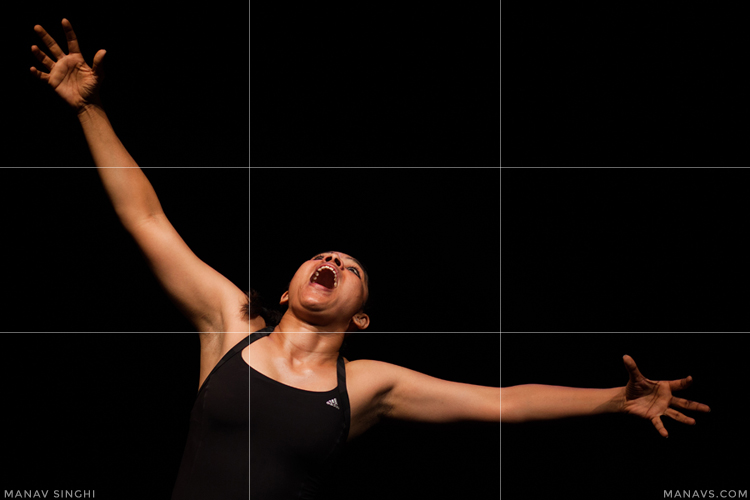
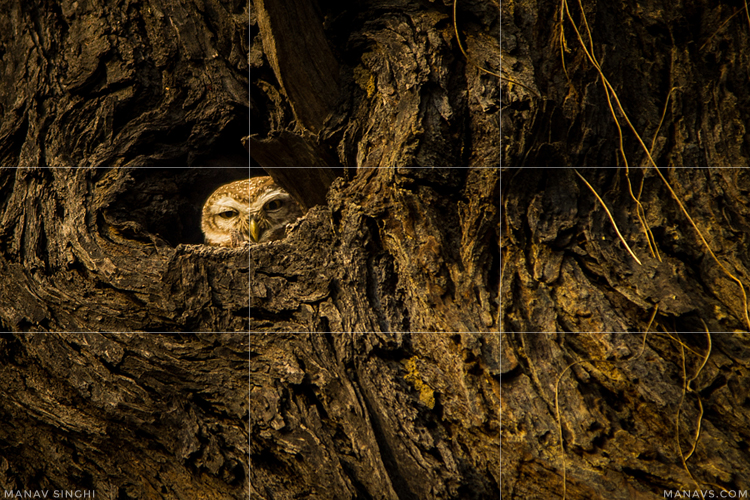

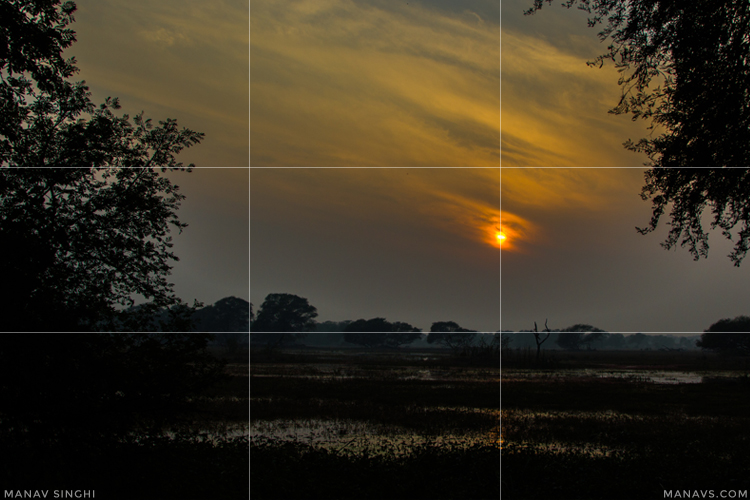

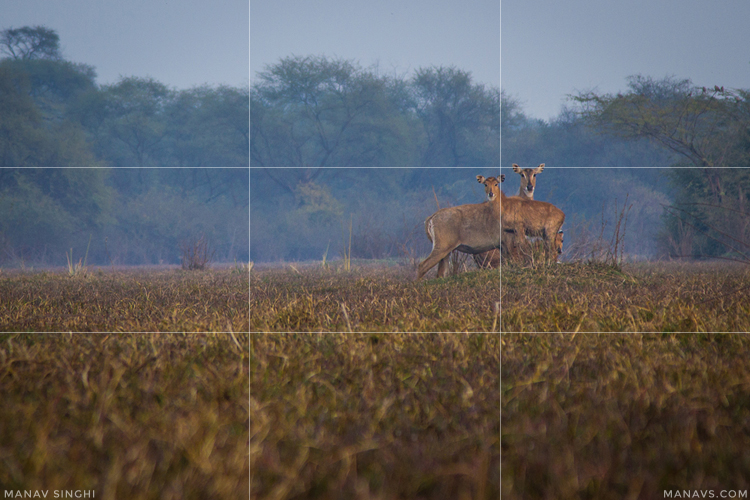
To understand The Rule of Thirds in HeadShot in more Depth check this link. . .
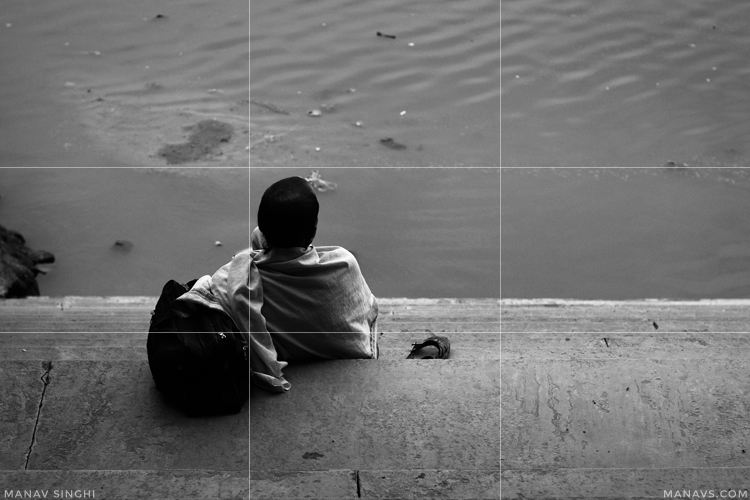
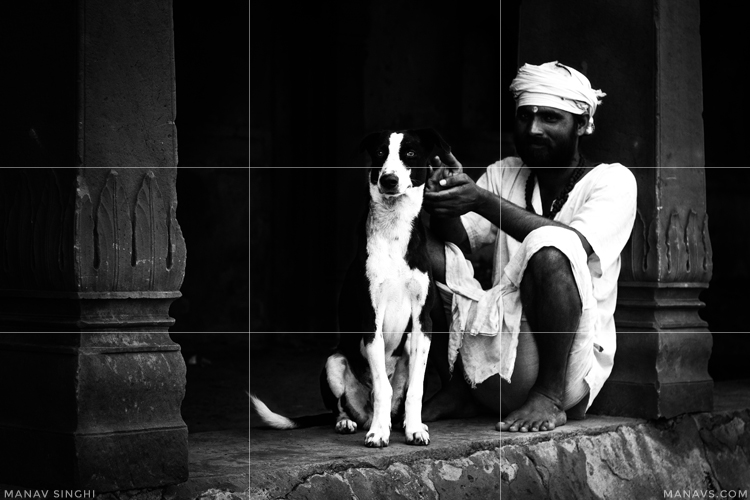

No comments
Post a Comment
Hello, Please Share Your Thoughts with Us. . .